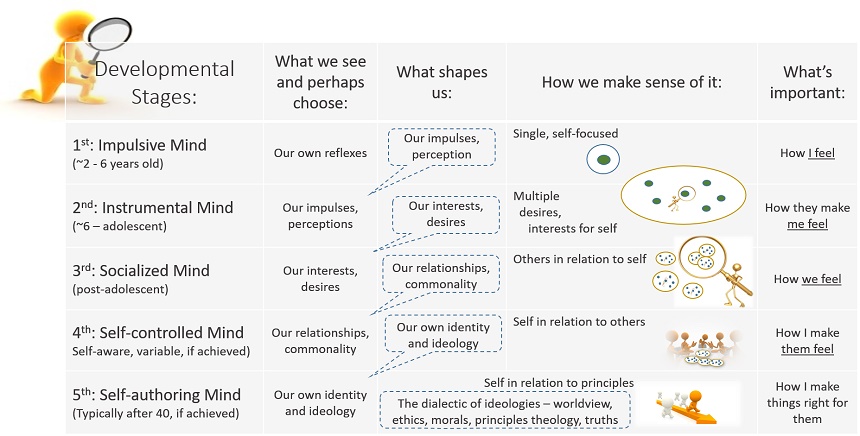 |
| Tracy Marciniak at her baby's funeral |
Because Zachariah was not considered a "born person," prosecutors could not charge the husband with homicide. They attempted to try him under an old state law banning illegal abortion, but his lawyer argued that the baby would have been stillborn anyway. In the end, a jury convicted the husband of reckless injury and sentenced him to 12 years in prison. Though Tracy Marciniak had long supported abortion rights, she became furious when she discovered that the law didn't protect her unborn son--and that women's groups wouldn't back her quest for a state law punishing his killer. Now she is allied with the National Right to Life. Speaking for the federal Unborn Victims of Violence Act, "There were two victims," she says. "He got away with murder."
A decade later, the Unborn Victims of Violence Act of 2004 (Public Law 108-212) is a United States law which recognizes a child in utero as a legal victim, if they are injured or killed during the commission of any of over 60 listed federal crimes of violence. The law defines "child in utero" as "a member of the species Homo sapiens, at any stage of development, who is carried in the womb".
Interestingly, Planned Parenthood went after a pro-abortion senator who dared to vote for the Unborn Victims of Violence Act.
Cathy Alderman, spokeswoman for Planned Parenthood of the Rocky Mountains, said, “You cannot support fetal personhood measures and be pro-choice. We no longer believe her to be moderate, and we no longer consider her an ally on women’s health issues.”
The decision by Planned Parenthood of the Rocky Mountains to withdraw its support from Sen. Ellen Roberts, who supports legal abortion, rather clearly reveals that the only 'choice' Planned Parenthood supports is abortion, regardless of the child's stage of development.
Senator Roberts maintains a “pro-choice” position on abortion, but because she supports justice for pregnant women and their unborn babies, this pro-abortion group no longer supports her. Pro-Choice? Women make a choice to keep their baby and have their choice robbed from them by violent attackers who kill their baby, and ”pro-choice” Planned Parenthood withdraws its support from people who respect that.
Let's sort this out. According to the act, if she's pregnant, and you kill her unborn child, that's murder. PPhood objects to making it a crime to kill the unborn child that the mom wants to keep. That clarifies things a bit.Dynel Catrece Lane was arrested after she attacked a pregnant woman and cut her 7-month-old unborn baby from her womb. In this unbelievable act of violence, the baby died but the woman is expected to survive.
From CBS News, the suspect was arrested at Longmont United Hospital after she and her husband came in with the deceased baby. Apparently Lane’s husband didn’t know about the crime and thought she miscarried their baby. He drove her to the hospital but is not considered a suspect. Lane has at least two children who live with her at their home in Longmont, Colorado.
The victim was seven-months pregnant and was visiting Lane’s home to buy baby clothes advertised on Craigslist.
A 911 recording shows the baby breathed a heavy last gasp before she died.
Boulder County’s District Attorney, explains, “The issues involving an unborn child are complicated under Colorado law. In most circumstances, if a child was not actually born alive, then homicide charges are not possible.”
Update: In April, 2016, Lane was convicted of three criminal felonies: attempted 1st degree murder, 1st degree assault, and child abuse knowingly/recklessly resulting in death. She was sentenced to 100 years.

















